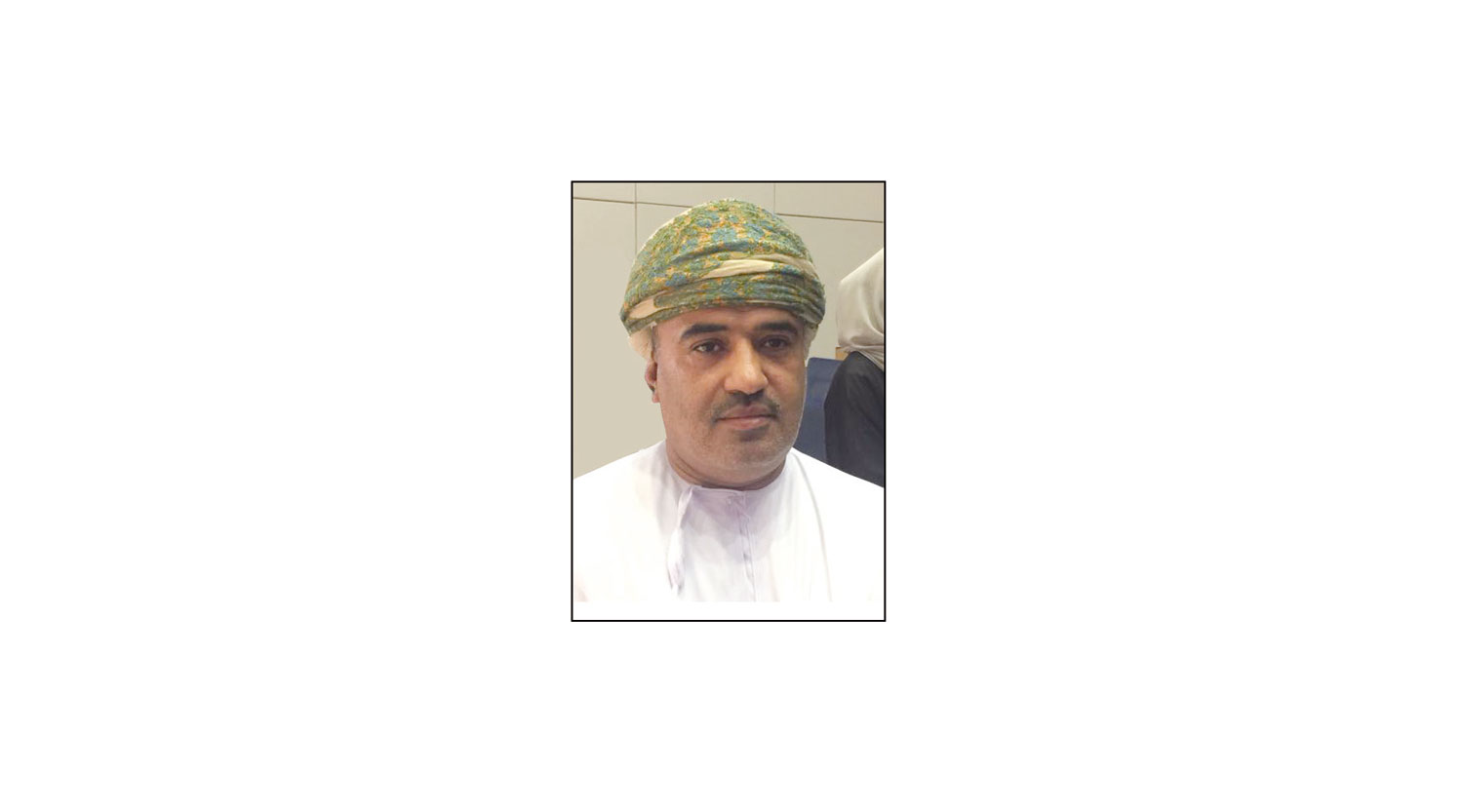

MUSCAT, AUG 16 - Oman’s Ministry of Agriculture and Fisheries is currently evaluating a raft of proposals for developing major aquaculture ventures in the Sultanate. The projects, entailing investments totalling in excess of $2 billion, promise to ignite the growth of a strong economic sector centring on fish and shrimp farming, according to a senior Ministry official.
Dawood al Yahyai (pictured), Director of Aquaculture Development at the Ministry, said as many as 24 applications linked to the implementation of large-scale aquaculture projects are presently being reviewed by authorities.
“Of this total, six proposals have been approved with their execution likely to commence before the end of this year,” the official said. “The remaining 18 are at different stages of evaluation, with the promoters either undertaking the Environmental Impact Assessment, feasibility study, and other requisite groundwork. On the part of the government, the focus is on allocating and approving suitable sites either on land or in our coastal waters for these projects. To all intents, the approval process is on track.”
The official made the comments at a forum on aquaculture organised by Ithraa, Oman’s inward investment and export development agency, at the Public Authority for Civil Aviation Training Centre in Al Hail North on Tuesday.
Taking part in the discussion were Andreas Ntatsopoulos, COO, Oman Aquaculture Development Company; Dawood al Yahyai, Director, Aquaculture Development, Ministry of Agriculture and Fisheries; Rumaitha al Busaidi, Aquaculture Specialist, Al Hosn Investment Company; and aquaculture veteran Michael Katz, CEO, Oman Aqua Science. The forum was moderated Dr Younis al Akhzami, CEO, Public Authority for Manpower Registry.
Earlier, Al Yahyai said the Ministry’s 30-year master-plan for aquaculture development targets an output of around 200,000 metric tonnes per annum of farmed fish by the year 2040, alongside the creation of some 11,000 jobs for Omanis.
However, going by the robust investment interest garnered thus far in the sector, Oman is likely to achieve a production of 290,000 metric tonnes of farmed fish by 2030, surpassing targets envisioned in the master-plan. Types of fish identified for intensive farming in the Sultanate include shrimp, sea bream, sea bass, grouper, abalone and seaweed, among other species, he said.
Later in comments to the Observer, Al Yahyai said the large majority of the 24 aquaculture proposals being weighed for approval are land-based ventures, while the rest will be located in Oman’s inshore waters.
Giving details about the geographical distribution of the projects, he said: “The different coastal regions of Oman are suited for different kinds of fish farming. For example, the coastal waters of Musandam Governorate are ideal for cage-based aquaculture. The Batinah coast all the way to Muscat is also suitable for cage-based farming, simply because there is just no land available along the coast for any land-based projects.
Further south from Sur to Salalah, the coastal stretch is ideal for land-based ventures involving shrimp farming and so on. As the seas can be rough along the stretch during the monsoon, cage-based projects are not an option. Salalah, in particular, is also perfect for abalone farming.”
Conrad Prabhu
Oman Observer is now on the WhatsApp channel. Click here



